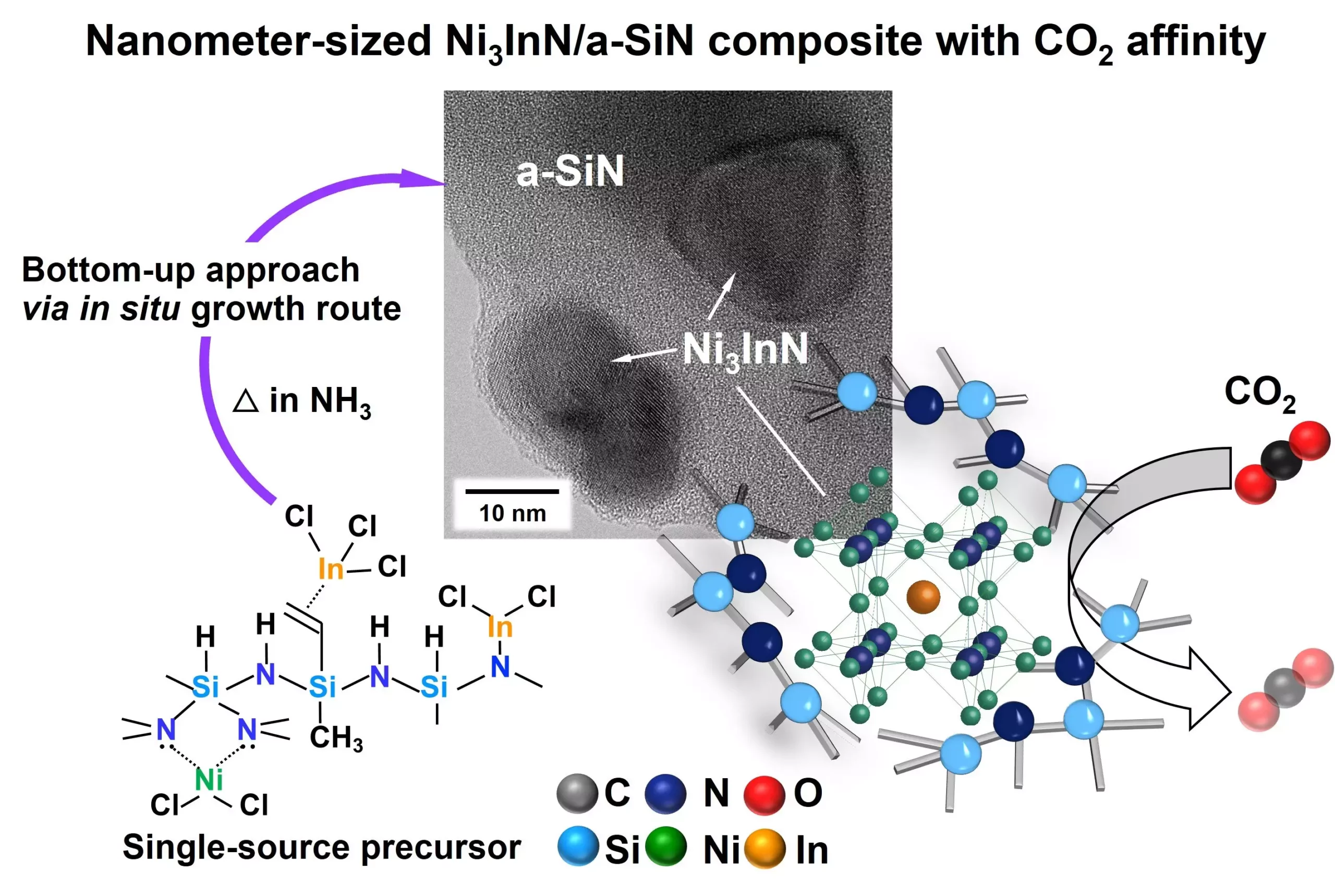In the realm of material science, perovskites have emerged as prominent players with their unique electrical and structural characteristics. However, their lesser-known counterparts—anti-perovskites—are beginning to carve out their niche in functional materials, showing potential that deserves more recognition. With a crystal structure inverted from perovskites, anti-perovskites possess extraordinary attributes, including the intriguing phenomenon of negative thermal expansion, remarkable ionic conductivity, and promising superconductivity. The challenge lies in the difficulty of synthesizing these materials in nanosized form, which limits their application in fields such as catalysis—a critical area for sustainable energy and environmental solutions.
Breaking Barriers in Synthesis Techniques
Recent advancements led by Professor Yuji Iwamoto and his team at Nagoya Institute of Technology underscore the significant strides being made in the synthesis of nitride-based anti-perovskites. Their research, published in the Journal of Materials Chemistry A, introduces an innovative route to create a composite material that merges amorphous silicon nitride (a-SiN) with nanometer-sized crystals of Ni3InN, a celebrated anti-perovskite. This development resonates as a breakthrough, as it addresses both the synthesis challenges and the potential use of these materials in catalytic environments.
The synthesis technique employed by Professor Iwamoto’s team is termed “Polymer-Derived Ceramics” (PDCs), a method that paints a promising picture for future materials design. Through the meticulous modification of polysilazane—a precursor for silicon nitride—by embedding transition metal chlorides, they achieved significant advancements. A relatively low temperature for pyrolysis—300 °C—allowed for the transformation into an amorphous matrix, facilitating the in situ growth of Ni3InN within the a-SiN, thus simplifying the synthesis process.
The Journey of Discovery: Overcoming Challenges
One of the most commendable aspects of this research is the acknowledgement of initial setbacks in obtaining a single-phase Ni3InN compound. The team’s forthright approach to identifying and solving these challenges showcases scientific tenacity and innovation. The experimentation with various types of polysilazanes and thorough spectroscopic analysis revealed that vinyl groups within the polysilazanes interfered with InCl3 migration due to steric hindrance. They effectively tackled this issue by adjusting the InCl3 ratio, leading to the successful formation of a uniform Ni3InN compound. This adaptability reflects the essence of scientific inquiry—learning from failures to achieve remarkable outcomes.
The Promise of Nanocomposites: Catalytic Applications
The implications of their findings extend far into the future of heterogeneous catalysis and materials science. The resulting nanocomposite, rich in microporosity and featuring abundant interfaces between Ni3InN and a-SiN, demonstrates the ability to modify the electronic structure of the nanoparticles. This unique feature could enlighten avenues for new catalytic functionalities, particularly in converting small molecules into energy-efficient products. The research establishes an unusual proof of concept, revealing the composite’s capacity to adsorb and desorb CO2, a critical component in the pursuit of clean energy solutions.
Dr. Samuel Bernard aptly remarks on the significance of structural diversity enabled by such a composite, positing that it can lead to transformative breakthroughs in catalyst design. This mirrors a larger trend in materials science where the integration of multi-metal compositions can yield innovative functionalities that traditional methods may overlook.
A Vision for Sustainable Materials
In a world increasingly concerned with sustainability and energy efficiency, the development of anti-perovskites and their nanocomposites stands on the frontier of material applications. As we seek to transition towards greener technologies, these materials could play a pivotal role in creating systems that not only enhance performance but also minimize environmental impact. The promising findings from the Nagoya Institute of Technology may well serve as a springboard for further research into versatile materials equipped for the challenges ahead.
With anti-perovskites emerging from the shadows of their perovskite counterparts, the scientific community must now rally to realize their full potential. As the complexities of material synthesis become better understood and refined, the horizon expands for a new generation of catalysts and functional materials that align with our vision of sustainable futures.

